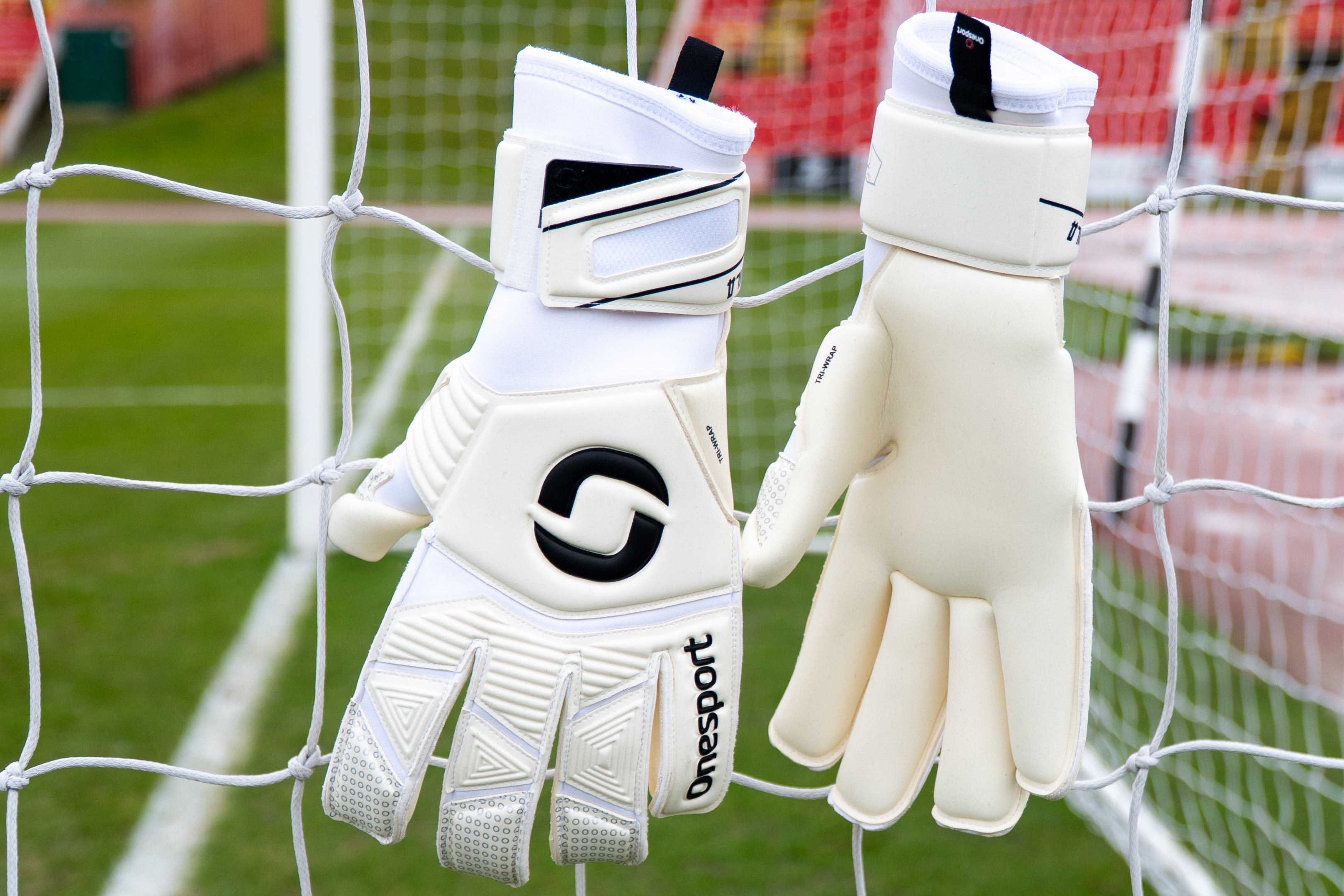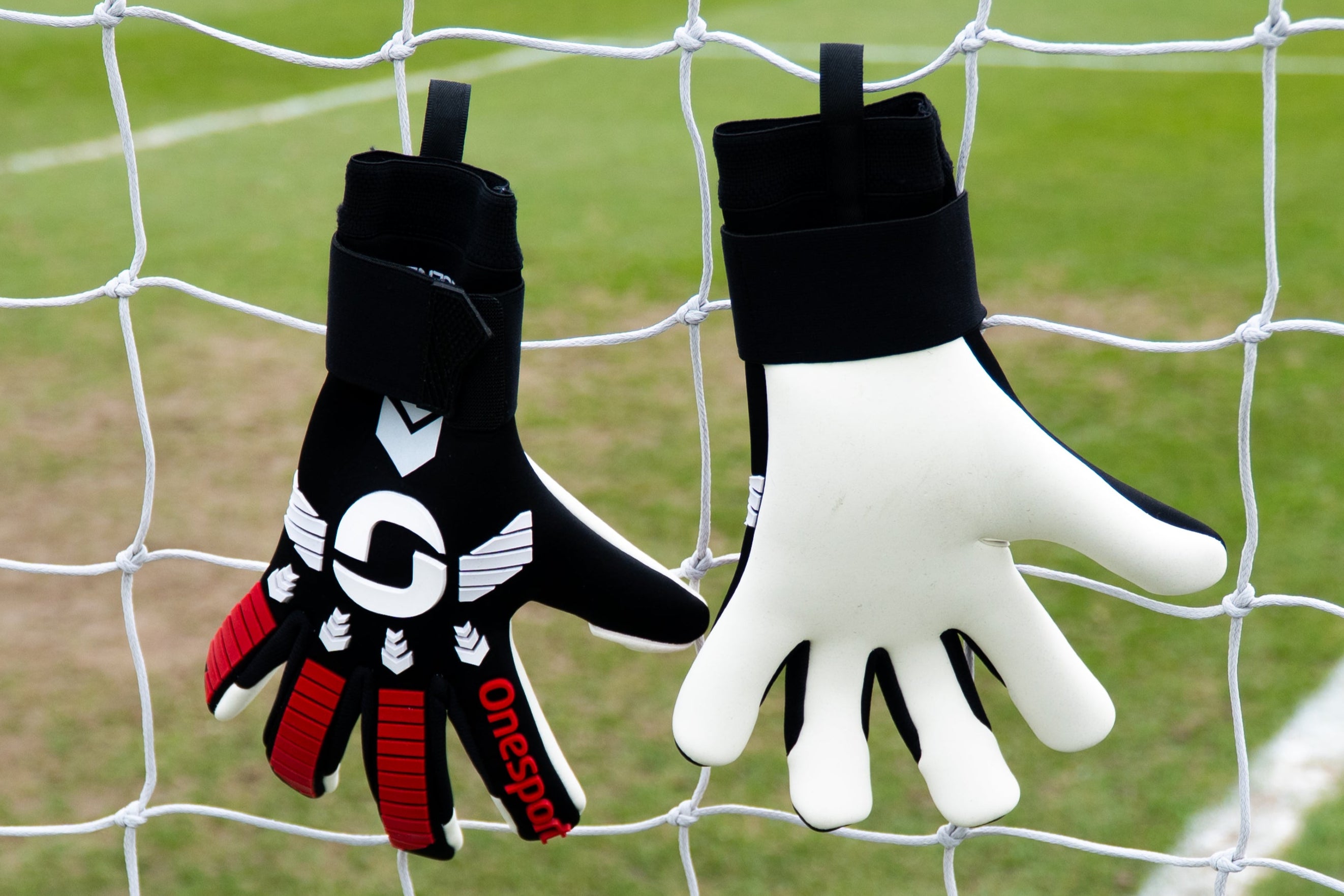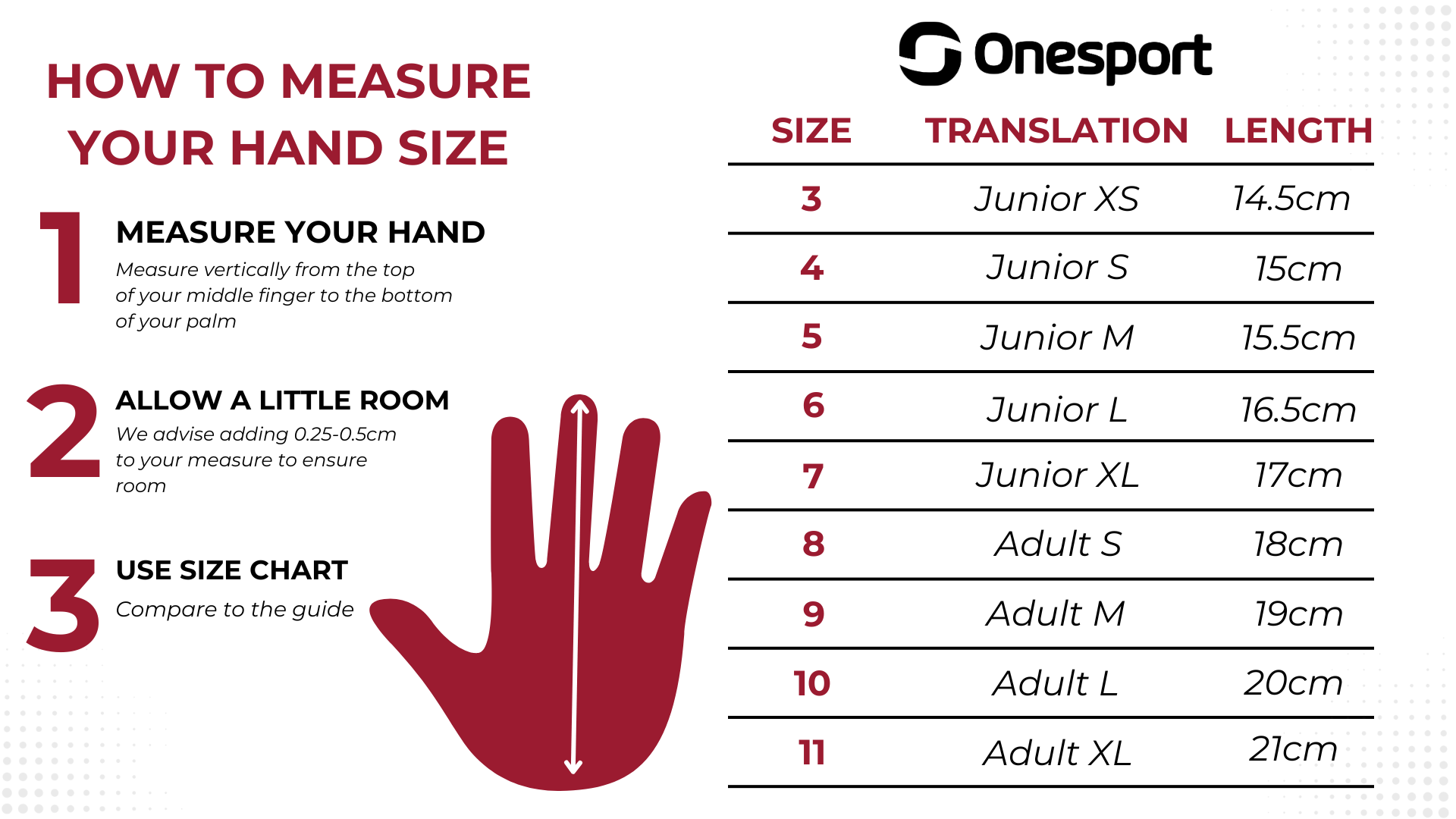GLOVE CARE
To get the best out of your gloves and ensure they perform every time you put them on just follow our glove care guide below.
New Glove Pre-Wash
Your new gloves will need washing before you use them. Fill a basin/bucket with lukewarm water. You do not need to use any detergent or soap. Soak the gloves for a couple of minutes then start to wash them by gently rubbing the latex with your thumbs. You will notice the water will go cloudy. Squeeze the gloves out and empty the basin/bucket. Repeat these steps until the water is clear.
Please note gloves with Contact latex do not need a pre-wash when new.
Drying
To dry your gloves squeeze out any excess water and allow to dry naturally. Do not dry on radiators, tumble dry or dry in direct sunlight as it will damage the latex.
General Care
Always wash your gloves as soon as possible after use. Don’t let any mud or dirt dry into the gloves by leaving them a few days. A lot of our pros will wash their gloves in the shower after the game providing the water isn’t too hot!
Pre-Match / Training
Latex always performs better when damp. Make sure you dampen your gloves before use. We would recommend giving your gloves an extra wash the night before a game and then drying them by wrapping them in a towel and applying pressure to remove excess water. This should make them the perfect amount of damp for the following match day!
By following this guide, you will improve the durability and performance of your gloves making them last as long as possible with the maximum possible grip.

GLOVE CUTS
ROLL FINGER
Roll finger goalkeeper gloves are one of the most popular and traditional cuts currently available. They are named ‘roll finger’ due to the fact the backhand is connected to the palm and does not use gussets. The result is the latex rolled/curved around the fingers which provides great latex contact with the ball, but is not as snug or tight as a feel in comparison to negative cut gloves, or hybrids that use negative. While is does provide a comfortable feel, some may view it as a slightly larger or ‘bulkier’ cut vs negative type gloves.
NEGATIVE CUT
Negative cut goalkeeper gloves (and hybrids that utilise this style) have become increasingly popular over the past years, particularly across Europe. They are similar to the flat cut in that they use a single piece of latex attached to the backhand via gussets, the key difference is that the stitching/gussets are inside the glove. This provides a much tighter and snug fit with control on the ball that is more ‘true’ to your hand. Due to this, gloves utilising this type of cut will wear slightly quicker than a roll finger for example.
HYBRID CUT
The term ‘hybrid’ simply means a combination and does not actually refer to a specific cut.
Glove Guide
Glove CUTS

ROLL FINGER
Roll finger goalkeeper gloves are one of the most popular and traditional cuts currently available. They are named ‘roll finger’ due to the fact the backhand is connected to the palm and does not use gussets. The result is the latex rolled/curved around the fingers which provides great latex contact with the ball, but is not as snug or tight as a feel in comparison to negative cut gloves, or hybrids that use negative. While it does provide a comfortable feel, some may view it as a slightly larger or ‘bulkier’ cut vs negative type gloves. It is a more classic variation.
NEGATIVE CUT
Negative cut goalkeeper gloves (and hybrids that utilise this style) have become increasingly popular over the past years, particularly across Europe. They are similar to the flat cut in that they use a single piece of latex attached to the backhand via gussets, the key difference is that the stitching/gussets are inside the glove. This provides a much tighter and snug fit with control on the ball that is more ‘true’ to your hand. Due to this, gloves utilising this type of cut will wear slightly quicker than a roll finger for example.

HYBRID CUT
The term ‘hybrid’ simply means a combination and does not actually refer to a specific cut. In the case of our LEGEND gloves, the cut is ‘negative’ (the stitching) and the fingertips are ‘rolled’.
GLOVE MATERIAL
What latex will i get?
At Onesport we use only Latico exclusive EU Latex Foam to ensure every customer gets the best latex on the market.
What are the benefits of the latex used on Onesport gloves?
There are many types of latex's available on the goalkeeper glove market and it can be confusing to know the benefits and attributes of each type. How durable is it? What is the grip like? How does it perform in the wet?
At Onesport we use only Latico exclusive EU Foam to ensure every customer gets the best latex on the market.
We can guarantee that the latex sourced and used is the freshest available to ensure perfect grip everytime.
What is ‘normal’ wear and tear on a goalkeeper glove?
Although it is very hard to hear, the harsh reality is that latex will wear fairly quickly. Latex is a very soft product; it is this softness that provides the grip that all goalkeepers need and want!
The first thing to understand is that latex is a natural product and therefore cannot have a manufacturing fault.
The abrasion and wear in the main will happen when the gloves come into contact with the ground.
Latex may begin to show signs of wear from the first use. This is unfortunately normal; it can happen in your first game just as much as it can in your tenth. It is also possible to own two of the exact same gloves and see one pair last one month while the other lasts four months; this is the nature of latex.
If the latex starts to show signs of wear, don't worry! Wear is normal; that's just what latex does.
There is a huge misconception that when the latex starts to wear: they are "faulty," "not fit for purpose," and "no longer usable."
The truth? This is not the case!
Latex palms are usually manufactured with a 3-4mm thickness, so they will offer grip and continue to perform until worn through and there is virtually no latex left.
LATEX WEAR FACTORS:
- AGE OF THE GOALKEEPER
- GOALKEEPERS TECHNIQUE
- THE PLAYING SURFACE
- HOW THEY WERE PREPARED
- CARE INSTRUCTIONS FOLLOWED
- VOLUME OF USE
- LUCK!
GLOVE SIZES
Here’s how you can measure your hands using the Onesport goalkeeper glove size guide, to ensure the fit you are looking for.

Frequently Asked Questions
Order
Answer
Answer
Answer
Answer
Answer
Answer
